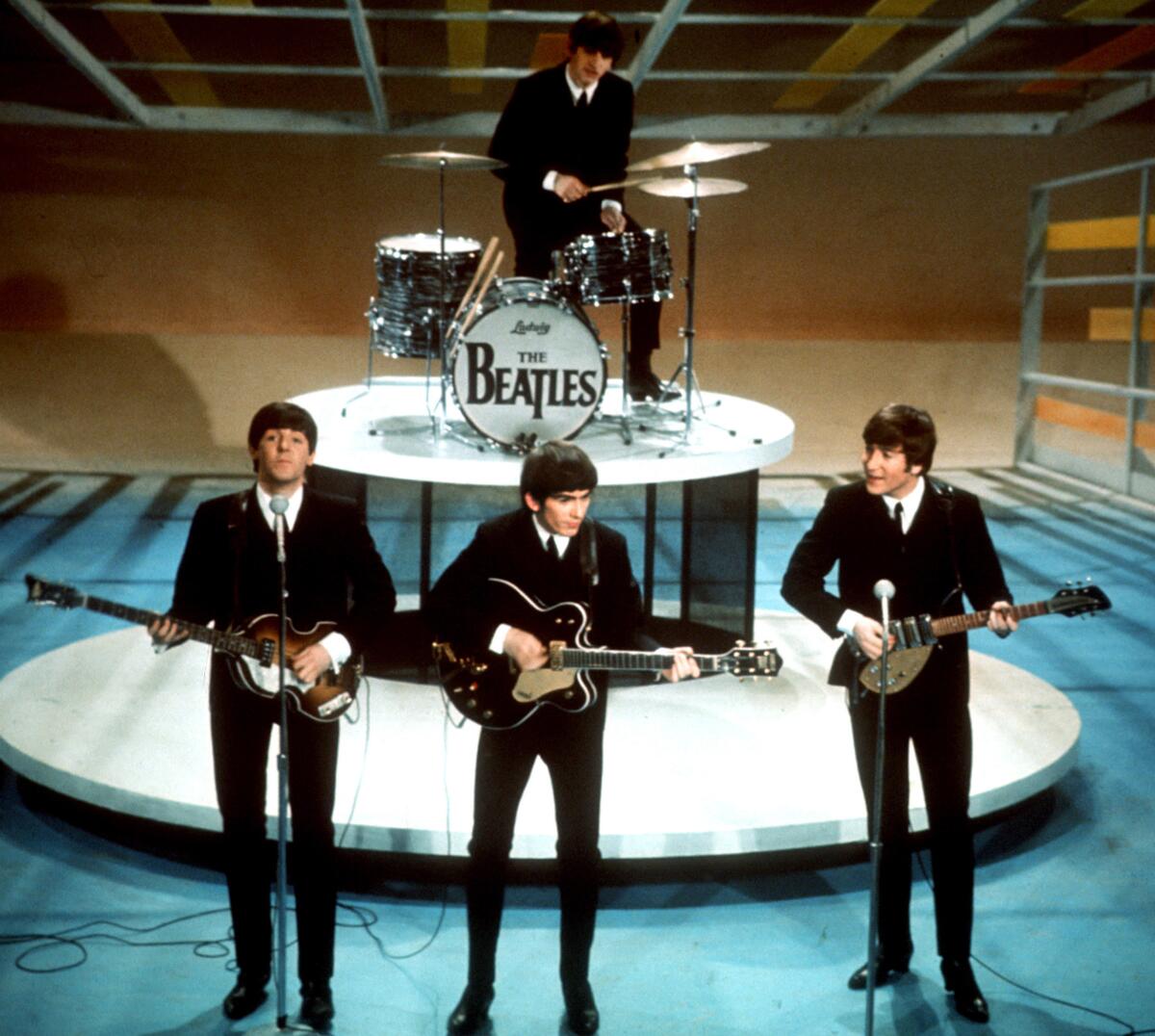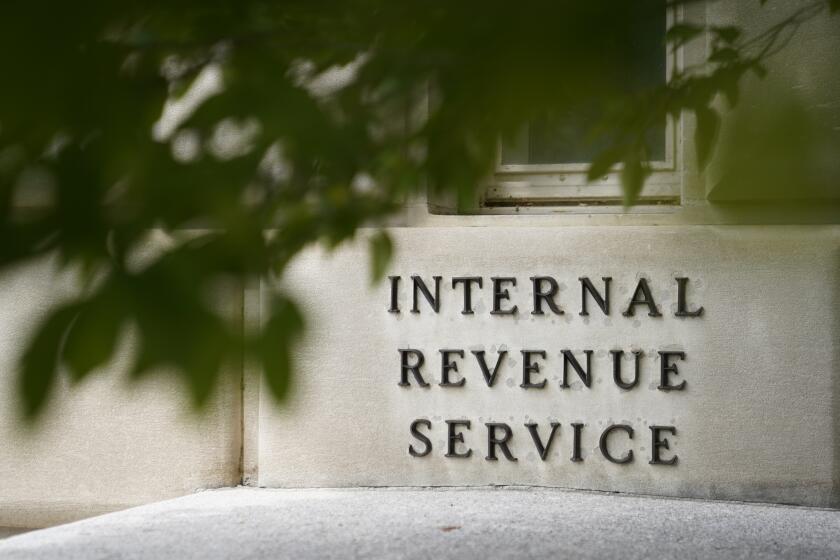Opinion: February marks 60 years of Beatlemania. These bits of the band’s backstory went unnoticed.

The future lead singer of The Monkees also performed for Ed Sullivan the night the four young men from Liverpool made America swoon
Horan is a public relations strategist in Avon, Conn. and is the blogmaster of BeatlesHistorian.com
There is much media frenzy over the 60th anniversary of the famous debut of The Beatles on “The Ed Sullivan Show” on Feb. 9, 1964, which launched Beatlemania in the U.S. as well as in other parts of the world. We are seeing countless clips of the famous 1964 show, as well as commentary.
There are some backstories to the famed appearance with Ed Sullivan that will go unnoticed. For instance, “The Ed Sullivan Show” was not the first U.S. show to feature the four sensational boys from Liverpool. A month before The Beatles made their famous live U.S. television debut on “The Ed Sullivan Show,” on his show “The Jack Paar Show,” Paar played a clip of The Beatles playing “She Loves You” live in England. It is safe to say that the wildly famous live performance a month later erased any existing memory of the U.S. television debut with Jack Paar.
Few people will believe that only four days before appearing on “The Ed Sullivan Show,” The Beatles finished a short residency at The Olympia Theatre in Paris where they opened for Trini Lopez from Jan. 16 to Feb. 4. Along with French singer Sylvie Vartan, they did two shows on weekdays and three on weekends. Trini Lopez, whose hit “If I Had a Hammer” topped the charts in 36 countries in 1963, received rave reviews as the headliner while The Beatles’ reviews were overshadowed by the Mexican American singer. It is safe to say that most people would have a hard time believing that only five days before the incredibly famous 1964 live U.S. television debut that catapulted them to international fame that The Beatles spent three weeks as the opening act for Trini Lopez!
Of course, comparisons between The Beatles and The Monkees abounded. While The Beatles were the Fab Four, The Monkees were considered the “prefab four” as they were created in the offices of television producers as a fictional band based on The Beatles model and the members were selected through auditions. Inspired by the movies “A Hard Day’s Night” and “Help!” the creation of the fictional band not only resulted in a top-rated TV show but also in four chart-topping albums and three chart-topping singles, in addition to selling an astounding 75 million records worldwide.
What most people do not realize is that while the famous Feb. 9, 1964 “Ed Sullivan Show” created the massive tidal wave of Beatlemania across the United States, it also in part served to created Monkeemania. Believe it or not, on that same show, future Monkees lead singer Davy Jones, then a ripe 19 years old, performed a solo as at the time he was starring on Broadway in “Oliver!” in the role of the Artful Dodger, for which he received a Tony nomination. Sullivan invited the cast of “Oliver!” on the show, which was highlighted by Jones singing the lead on “I’d Do Anything.”
The young Jones at that time was intent on pursuing a career in musical theater, but when he was backstage at The Ed Sullivan Theater that night and saw the girls all going absolutely wild over The Beatles, at that moment he made the decision to ditch musical theater and embrace rock music. He said to himself, “I want a piece of that!” The rest is history, as two years later he was grouped with Peter Tork, Micky Dolenz and Mike Nesmith. The “prefab four” scored three No. 1 hits in the U.S. — “Last Train to Clarksville,” “I’m a Believer” and “Daydream Believer” — in addition to many top 10 hits.
There was a 79-day period between the Nov. 22, 1963, assassination of President John F. Kennedy and The Beatles making their debut on “The Ed Sullivan Show.” Children could sense the stagnancy in the morale of the country during those 79 days. Many children were forced to watch the unfolding drama in Dallas and the president’s funeral when they would have rather been playing outside with friends. In contrast, the legendary Beatles debut on live U.S. television ushered in among young people — and even some adults — a feeling of youth, fun and positive energy that was conspicuously absent in the soul of the country during that dark 79-day period.
Get Weekend Opinion on Sundays and Reader Opinion on Mondays
Editorials, commentary and more delivered Sunday morning, and Reader Reaction on Mondays.
You may occasionally receive promotional content from the San Diego Union-Tribune.





